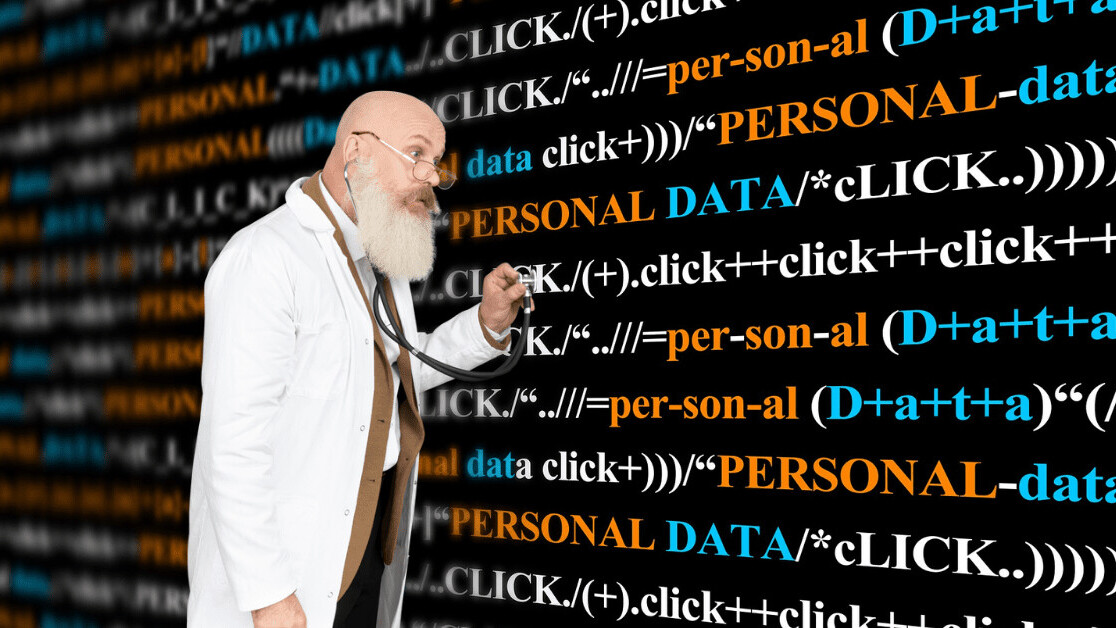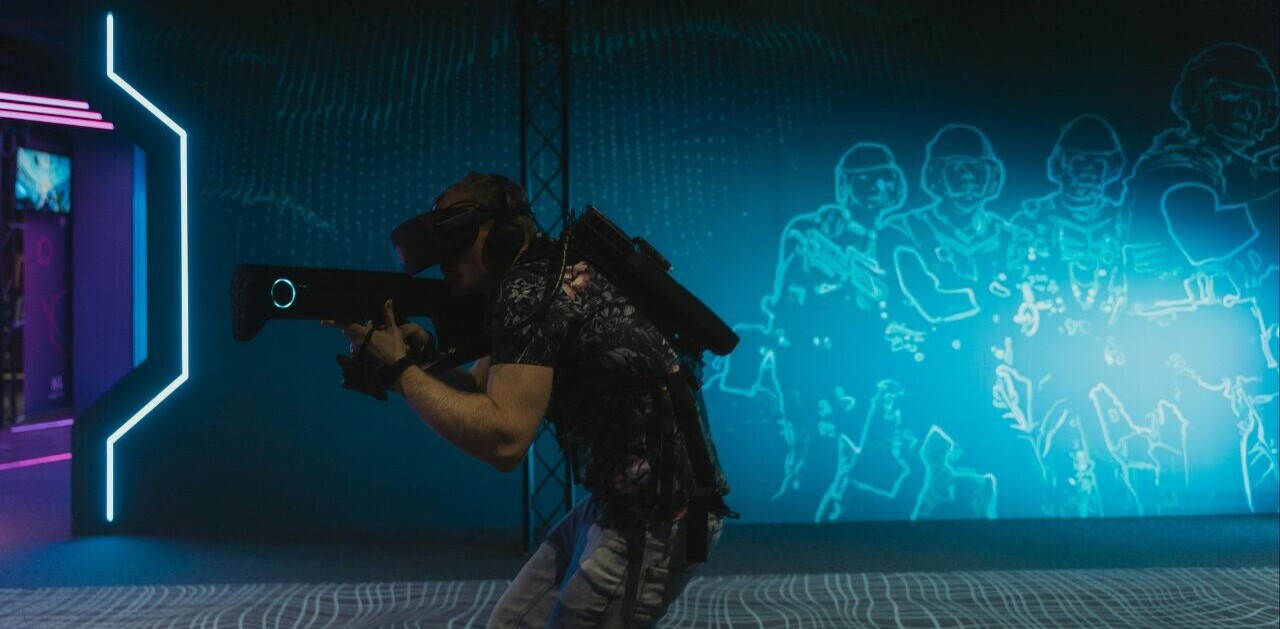The current state of the health sector is in flux, possibly more than ever before, due to changing consumer needs and expectations, economic fluctuations, and digital innovation.
While this technological disruption is enabling better treatment, earlier and more accurate diagnoses, and improvements to supply chain management, implementation rates are still slow and uneven. Worldwide, many outdated systems remain in place.
An increasing global population also means it could become harder to reach everyone’s healthcare needs, leading to rising demand for on-demand healthcare and telehealth. Life expectancy is increasing while the demand from the geriatric demographic is simultaneously growing, adding to financial strain, along with staff shortages, increased costs of labor, and prolongment of chronic diseases.
Data, behavioral science, and digital technologies such as IoT and AR/VR are increasing the potential to reach and understand more people, better meeting their healthcare needs and improving the overall healthcare ecosystem.
Recent years have seen incredible technological innovation, which has the power to really transform and shape the future of the health sector. Here are five of the most exciting current innovations in digital health.
1. AR surgery systems
The use of VR and AR for training purposes has been growing over the last decade, across a number of industries.
The Amsterdam Skills Centre has been at the forefront of drastically cutting the time it takes to train surgeons by applying virtual reality (VR), augmented reality (AR), and other cutting-edge technologies.
US-based company Augmedics has taken things a step further with xvision, an augmented reality system to assist with real-time precision in spinal surgery.
Around 31% of freehand surgeries are completed in a less than perfect manner, with inaccurate positioning of screws, which then leads to neurological complications and the need for reoperations to correct it. The xvision technology helps to solve this by reducing room for error thereby minimizing further complications.
With the xvision system, surgeons wear an AR headset that gives them X-ray-like vision: they can essentially look through tissue and see a 3D visualization of the patient’s anatomy. With a built-in tracking system that superimposes the navigation of the surgical tools over the patient’s CT scan, surgeons can watch their actions in real-time, greatly improving their accuracy.
2. Biofeedback APIs
According to a 2020 Deloitte report on the outlook of global healthcare: “Lifestyle-related factors including smoking, poor diet, hypertension, obesity, and lack of physical activity contribute to many of the top 10 global causes of death.” In fact, 80% of the impact on people’s health is as a result of their environment, lifestyle, and socioeconomic status.
Health wearables are becoming a key tool in the fight against lifestyle diseases, as they can monitor the impact of specific activities such as quality of sleep, number of daily steps, distance traveled, and calories burned.
While these functions rely on the user purchasing an additional wearable, Amsterdam-based Happitech has developed a program that can monitor heart rate and detect any rhythmic anomalies through the user’s smartphone, providing a real-time feedback loop without the need for an additional add-on.
As a boon to telehealth, the component is being used to identify atrial fibrillation (AF), which affects 1 in 11 people over the age of 65. Early detection means decreasing the otherwise high risk of a stroke or heart attack. More recently, the technology was also applied to a remote heart-monitoring app to help patients who were forced to stay away from hospitals during the coronavirus crisis. The app is now being scaled across the Netherlands.
3. AI for early diagnosis
Similar to heart disease, the rates of mental health disorders are also growing quickly, with suicide being the most severe outcome if untreated.
There’s an alarmingly high percentage of affected people that receive no treatment – around 75-85% in low/middle-income countries, and around 35-50% in high-income countries. Mental healthcare costs are already around one trillion US dollars globally, and WHO predicts that “depression will be the leading cause of disease burden globally by 2030”.
One company addressing the issue by providing early diagnosis and data accuracy is CompanionMx.
CompanionMx uses digital phenotyping to passively track user’s behavior through the use of a smartphone app, which monitors your social interactions, physical movements, and the tone of your voice when using voice commands, in order to provide early diagnosis of depression and prevent it from escalating.
In addition, if it detects low mood or low energy, the app will offer healthy lifestyle prompts and recommendations for the user, to take a walk or practice a breathing exercise for example.
If necessary, the collected data can also be used to alert clinicians to make a more direct person-to-person intervention.
4. On-demand healthcare
In response to the increasing desire for on-demand healthcare services, Amsterdam-based Caro has developed an app to provide better communication between patients and doctors.
This ‘digital companion’ provides patients with information and recommendations related to their treatment and recovery using easily digestible content such as videos and bite-sized chats. Meanwhile, doctors can gain greater insight into the symptoms of their patients, enabling them to provide better and more personalized care.
Additionally, all Caro’s data is encrypted and GDPR compliant, the services run on the cloud, and the platform doesn’t use any traditional server that could be hacked.
5. AI for personalized care
Pacmed uses AI and machine learning to collect and share observational data, creating a feedback loop between doctor and patient that results in delivering more personalized care for the patient. With access to more relevant data, doctors can make more informed decisions about the best treatment for a particular patient.
Currently, Pacmed is using its doctor-support technology in three ways in hospitals across the Netherlands:
- Deciding the optimal time to discharge patients from the intensive care
- Predicting the urgency of a situation over the phone to avoid unnecessary emergency room visits
- Collaborating with oncology institutions to better identify those cancer patients most susceptible to remission — so they can receive earlier treatment.
It’s this collaborative loop between AI innovators and clinicians — along with all others involved — that will ensure that innovations will continue to accelerate and spread.
Smart health governance
Believing that a healthier healthcare ecosystem will lead to a healthier population, Smart Health Amsterdam (SHA) was set up to bring together all relevant parties — data experts, healthcare workers, academia, business, visionaries, and policymakers — to apply AI and related technologies to improving health and wellness in our communities and beyond.
Many incredible health and AI innovations have already taken place both in Amsterdam and around the world — everyone inspiring each other to accelerate further innovations.
Get the TNW newsletter
Get the most important tech news in your inbox each week.
This article is brought to you by Smart Health Amsterdam. Smart Health Amsterdam is the network for data- and AI-driven innovation in Amsterdam’s life sciences and health sector. Join our community here.







